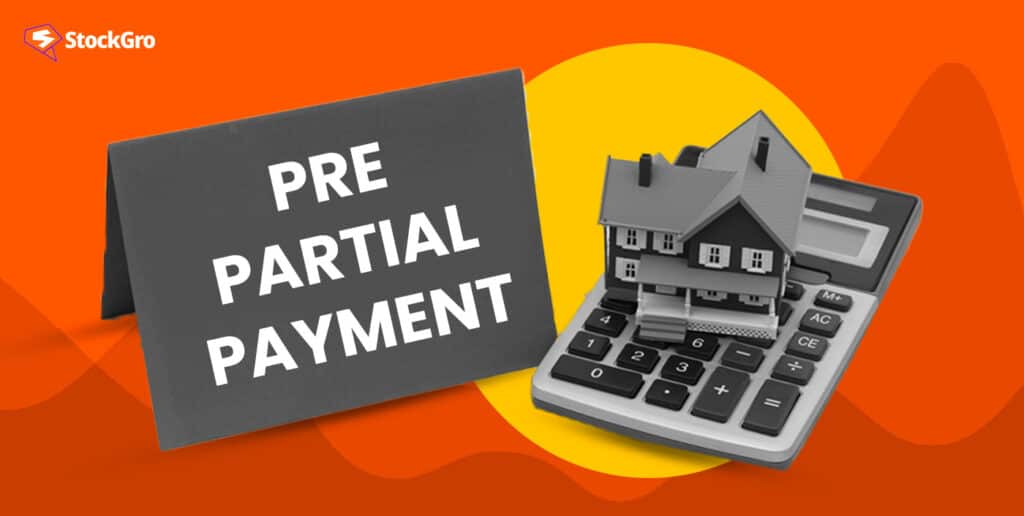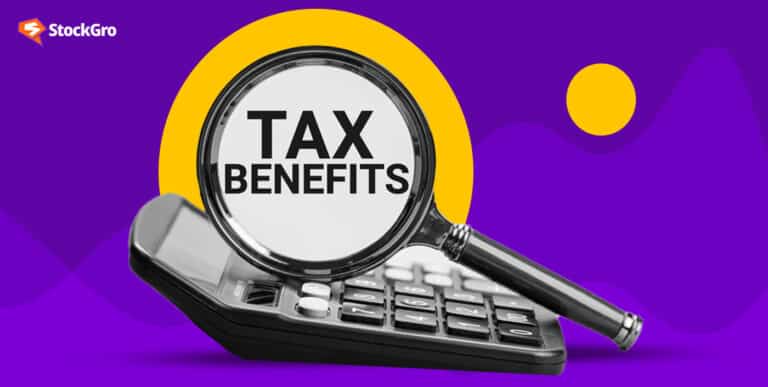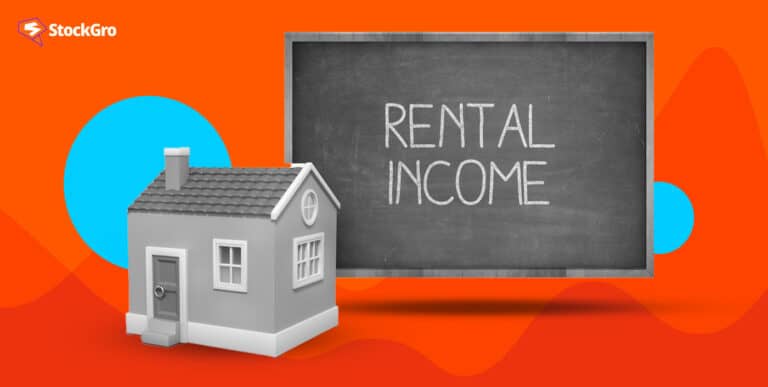
If you have a personal loan, you likely signed up to make monthly payments over a set repayment term. But did you know you may have the option to pay it off entirely or partially faster? While early repayment can accelerate debt freedom, make sure you grasp the whole concept first.
This article provides a comprehensive guide to prepaying partial payment of personal loan, from defining full and partial pre-payment to outlining potential benefits like interest savings and improving credit scores.
Whether you want to pay off your loan in full or make extra partial payment of partial payment of personal loan along the way, discover how prepayment works so you can make informed financial decisions. This article will help you comprehend the terms and conditions better.
What is the prepayment of a personal loan?
Personal loans have terms that range from 1 to 5 years for the payback period. Some people pay off their loans over the full term, while others would rather pay them off early, and some even make partial early payments. Learn the essentials of securing a partial payment of personal loan: understanding requirements, comparing lenders, and ensuring a smooth application process.
Prepayment is a feature that lets you pay back a loan early, entirely or in part. Most banks will let you pay off the principal amount ahead of time, after a year. You may significantly reduce your interest payments by following this payback plan.
There might be a small fee for paying off the loan early, but it depends on the lender’s policies. When people pay off their loans early, they save the funds that they would have otherwise spent on interest. This is an opportunity for anyone who wants to spend or reinvest their savings as well.
Also read: Decoding finance: A millennial’s guide to money management
What is the pre-partial payment of a personal loan?
A borrower might pay down a portion of their loan when they have additional funds that aren’t enough to cover the entire principle. The borrower puts the money into a loan account to lower the total debt. This results in a decrease in interest and EMIs. Remember that this repayment plan is only available for large upfront payments.
When you make a partial payment of personal loan, a portion of the principal will be subtracted from the total amount due. Once you’ve cut down on your interest costs, the amount of money you save will depend on when and how much you pay each month. However, partial payment of personal loan are not ideal if the bank imposes additional fees for them.
Partial prepayment of EMI calculation
One way that might help you figure out the benefits of paying off your loan early is to understand the prepayment calculation. You can easily find online part pre-payment calculators; to use one, type in the loan information, including the loan amount, interest rate, term, and desired pre-payment amount.
Additionally, read your loan paperwork carefully to learn how to prepay your loan in instalments. An excellent rule of thumb is to loan money from the bank with the most lenient terms and services.
Benefits of pre-partial payment of personal loan
Become debt-free more quickly:
Once you borrow money to pay for essential things, it’s time to pay it back. But your loan may lead to serious money problems if you don’t handle it carefully. Personal loan EMIs also eat up your monthly funds.
It is wise to pay off your total loan if you are expecting additional funds. A small fee may occur if you pay off your loan early. Although there is a prepayment charge, it is worth it since prepayment allows you to be debt-free before the loan’s repayment term ends.
Also, you won’t have to worry about loan payments taking money out of your savings anymore.
Also read: How can financial literacy month help you achieve your money goals?
Fewer interest payments with prepayment:
One of the most crucial factors when prepaying a loan is the lock-in term. There will be a grace period when the borrower cannot pay off the loan in whole or in part before the agreed-upon term ends.
But consider paying off your debt in whole or in part before the lock-in term ends, if you may do so with additional funds. By doing this, you may significantly reduce the interest that would otherwise be applied to the loan amount you borrow.
However, there is a prepayment charge associated with prepaying a loan, but it’s still quite reasonable when weighed against the amount of interest you’d save.
Minimise debt with partial prepayments:
As simple as it sounds, partial prepayments can help you pay off your debts. Reducing your debt load is possible with this approach.
It also reduces the total amount of interest charged to your account. If you want to pay off your loan early, it’s best to do so in the first few years.
Get a better credit score:
You may eliminate or significantly reduce your loan debt with a single prepayment, whether in whole or in instalments. Because a person’s credit score is directly proportional to their debt amount, this will improve that score.
Reducing or paying off the entire loan, whether partially or in full, improves your credit score, increasing your eligibility for future loans. Explore debt management strategies that will help you manage and clear your debts without pressure.
Factors to consider before opting for pre-payments
Keep a few considerations in mind when paying partial payment of personal loan.
To find out whether there are any costs involved with returning the loan early, get in touch with your lender. Partial payment of personal loan may not be worthwhile if there is a penalty for paying off the loan prematurely.
Additionally, be sure that any additional payments you make go towards the principle of the loan and not simply the interest. You may pay the debt off faster with this.
Also read: How to do tax planning for high-income earners?
What is the prepayment penalty on a personal loan?
A prepayment penalty is a fee that lenders may charge borrowers if they pay off their loan earlier than the agreed-upon term.
The logic behind charging a prepayment penalty for a personal loan is to compensate the lender for the loss of interest income that they would have earned if the borrower had continued making regular payments according to the terms.
This is why it is important to understand the concept of prepayment penalties before you decide to repay your loan early, whether in full or partial payment of personal loan.
Lenders impose prepayment penalties to maintain their profit margins. When a borrower pays off a loan early, it shortens the interest-earning period for the lender, and they may charge a fee to balance out this loss.
This penalty can vary depending on the policies of the lender and the loan agreement. The prepayment penalty on a personal loan usually ranges from 1% to 5% of the outstanding loan balance. However, some lenders might charge a flat fee or a different percentage based on specific factors like the remaining principal or remaining interest.
It’s important to carefully review your loan documents to see if a prepayment penalty applies to you and how your lender calculates it.
Some lenders might only impose penalties within a specific timeframe, called the “lock-in period.” For example, you may be charged a penalty if you repay the loan within the first one or two years. However, after this period ends, you might be able to prepay your loan without having to pay any additional fees.
You should also calculate whether the savings from reduced interest outweigh the penalty amount before you decide to prepay the loan. In some cases, the long-term benefits of paying off the loan early, such as reduced interest costs and improved credit scores, can justify the penalty. You can use online prepayment calculators to help you determine the financial impact of prepayment.
Conclusion
Prepayment provides personal loan borrowers with the option to repay debt ahead of schedule. This can accelerate debt freedom and minimise expensive interest charges.
With a complete understanding of how prepayment works, borrowers can make informed choices about fully or partially repaying personal loan balances early. Discover practical steps to break free from debt traps and secure your financial future in this guide.

